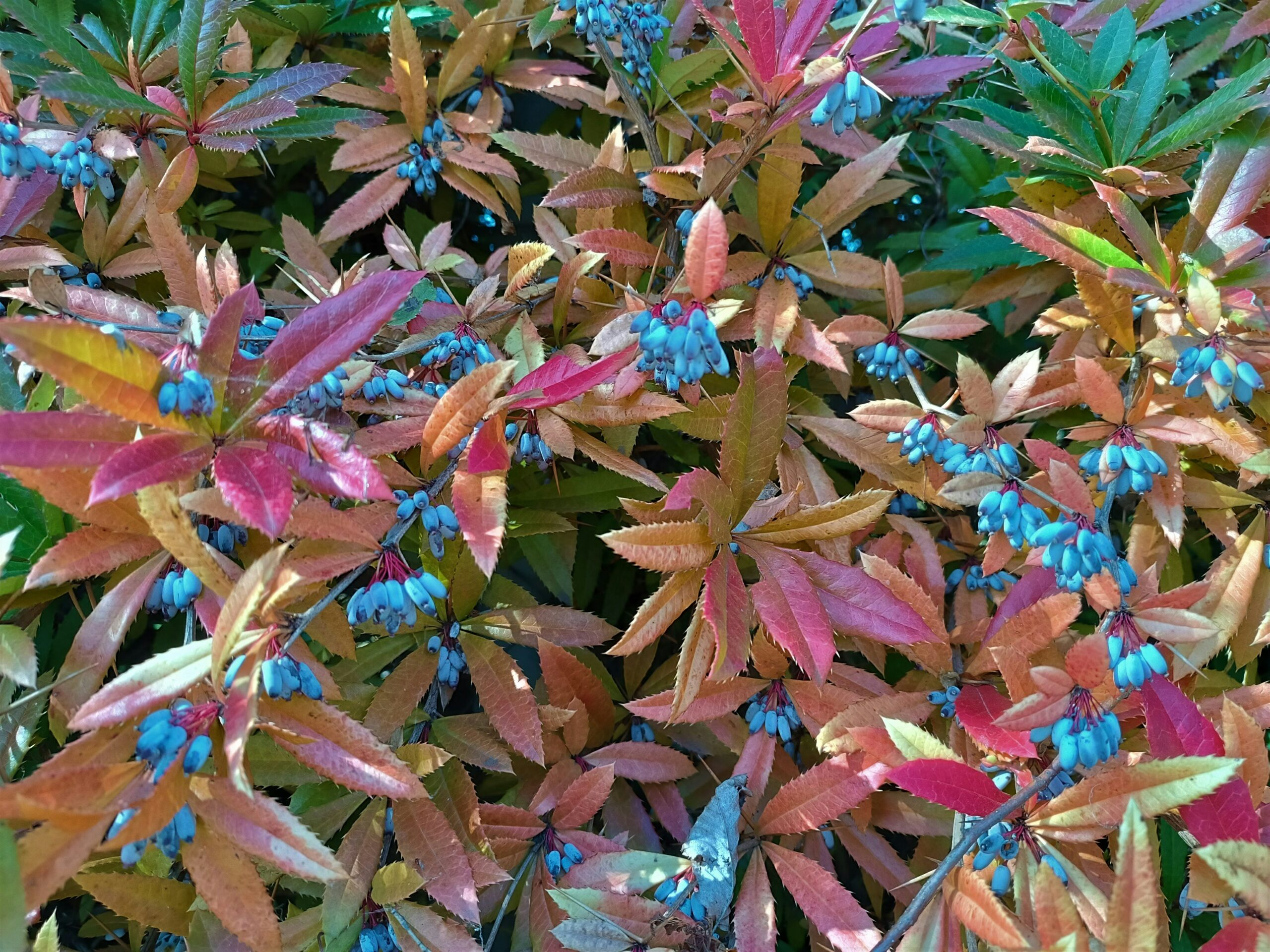Your cart is currently empty!
Shrub Alchemy: Hydrangeas Offer Living Palette, Responding to Soil and Season

Hydrangeas, already a staple in global horticulture for their generous, globe-like blooms, are emerging as much more than simple decorative shrubs. These plants act as sensitive living canvases, capable of repainting themselves throughout the season, transforming garden spaces with shifts in color that reflect changes in soil chemistry, temperature, and age.
The shrub’s signature attribute is its extreme versatility in hue, producing everything from ethereal sky blues and rich magentas to crisp whites and antique-toned bronzes. This unique color evolution provides landscape designers and casual gardeners with an evolving sensory experience, making the hydrangea one of the most dynamic and enduring features in any climate, as its mood shifts from season to season.
The Chemistry Behind Floral Color
The most celebrated—and scientifically complex—aspect of the hydrangea’s chromatic range is the phenomenon of color-shifting in certain Hydrangea macrophylla (mophead) varieties. This transition between blue and pink is directly controlled by the availability of aluminum in the soil, which is, in turn, dictated by the soil’s acidity (pH level).
Acidic soils facilitate aluminum uptake, resulting in the coveted, deep blue pigments, which evoke the stillness of water or the deep tones of porcelain. Conversely, alkaline conditions restrict aluminum access, leading the same plant to produce vibrant shades of pink and rose. The rare lavender and purple hues often indicate a middle-ground pH where aluminum is partially available.
Whites: Luminosity and Architectural Grace
While the blues and pinks make headlines for their volatility, white hydrangeas offer unparalleled stability and elegance. Varieties such as Hydrangea arborescens ‘Annabelle’ and panicle types like ‘Limelight’ remain largely impervious to pH changes. Instead, their color journey involves subtle tonal shifts, beginning as pure, crisp white or pale jade green, then gradually mellowing into warm ivory, soft parchment, or even developing a slight blush of pink as cooler autumn temperatures arrive.
This neutrality makes white hydrangeas the great harmonizers of the landscape. They brighten shaded areas, read as cool and refreshing in the sun, and pair effortlessly with nearly any other color, adding a touch of calm refinement to formal and cottage gardens alike.
Designing with the Color Spectrum
Gardeners often leverage the hydrangea’s color spectrum to orchestrate specific atmospheric effects:
- Blue Hydrangeas: Suggest calm, coolness, and coastal tranquility, blending seamlessly with hostas, ferns, and silver foliage in cool-toned designs. Their intensity often deepens on overcast days.
- Pink Hydrangeas: Convey warmth, romance, and energy. Pale shell-blush tones offer a nostalgic, cottage-garden feel, while vibrant magentas achieved in high alkaline soils provide a modern, eye-catching focal point.
- Green Hydrangeas: Increasingly appreciated for their chic subtlety, shades of mint, chartreuse, and olive green provide excellent neutralizing structure for more flamboyant flowers. They hold their crisp color well into late summer, extending the garden’s freshness.
The Enchantment of the Antique Season
Perhaps the most sophisticated phase of the hydrangea’s color cycle occurs in the autumn. As summer heat dissipates, the mature blooms—regardless of their initial color—begin a transition into muted, antique shades. Blue fades to dusty denim, pinks deepen into cranberry, and whites acquire warm caramel and parchment tones.
This late-season shift creates a richness that designers prize, transforming the papery flower heads into long-lasting elements of texture in the garden, often persisting into winter. This seasonal metamorphosis is a testament to the shrub’s endurance, ensuring that the hydrangea remains a dynamic source of color long after most other plants have faded, cementing its reputation as a true color instrument in the garden landscape.